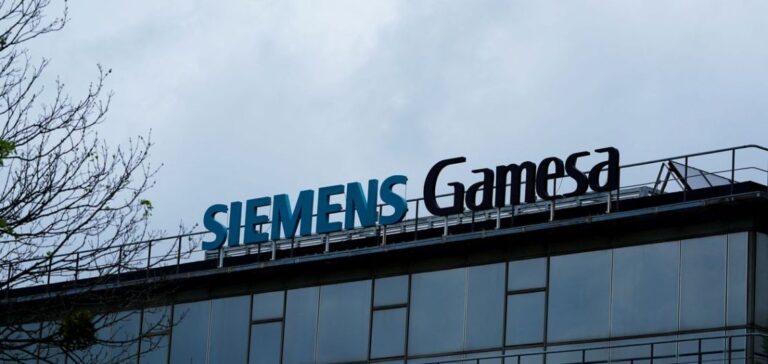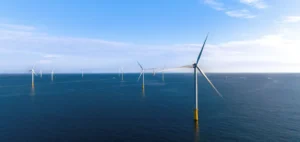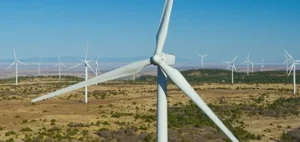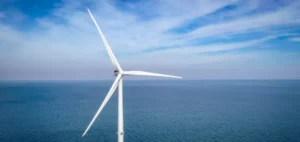Siemens Gamesa’s factory in Le Havre is about to take a new step forward. With a €200 million investment, the site, inaugurated in 2022, will be expanded to produce longer and more efficient wind turbine blades. This initiative aims to strengthen France and Europe’s position in a growing market dominated by China.
Scaling up production
Currently, the factory produces 75- and 81-meter blades for 7 to 8 MW turbines, supplying several French offshore wind farms. With this expansion, production capacity will increase to 115-meter blades, designed for 14 MW turbines. This new generation of machines will feature a 236-meter rotor, further enhancing the competitiveness of the German-Spanish group in the global market.
Increasing competition from China
Siemens Gamesa faces growing pressure. In China, companies like Goldwind are already developing wind turbines of up to 18 MW, with some models in development reaching 22 MW. This race for power challenges European manufacturers to innovate to maintain their position in the global market.
Significant public support
The project benefits from substantial public funding, totaling €170 million, including €35 million from European funds, €80 million from local authorities, and €54 million in tax credits. French Energy Minister Marc Ferracci justified this support by emphasizing the need to strengthen European industry against what he described as “fierce and sometimes unfair competition.”
Toward a strengthened European industrial strategy
To support this momentum, France plans to introduce new criteria in offshore wind tenders. The goal is to favor equipment produced in Europe and France. These measures will be applied starting this year for Tender No. 9, with results expected by the end of 2025.
With 1.5 GW of installed offshore wind capacity as of September 2024, France aims for 18 GW by 2035 and 45 GW by 2050. In this context, the development of industrial sites like Le Havre is a strategic lever to achieve these objectives.






















